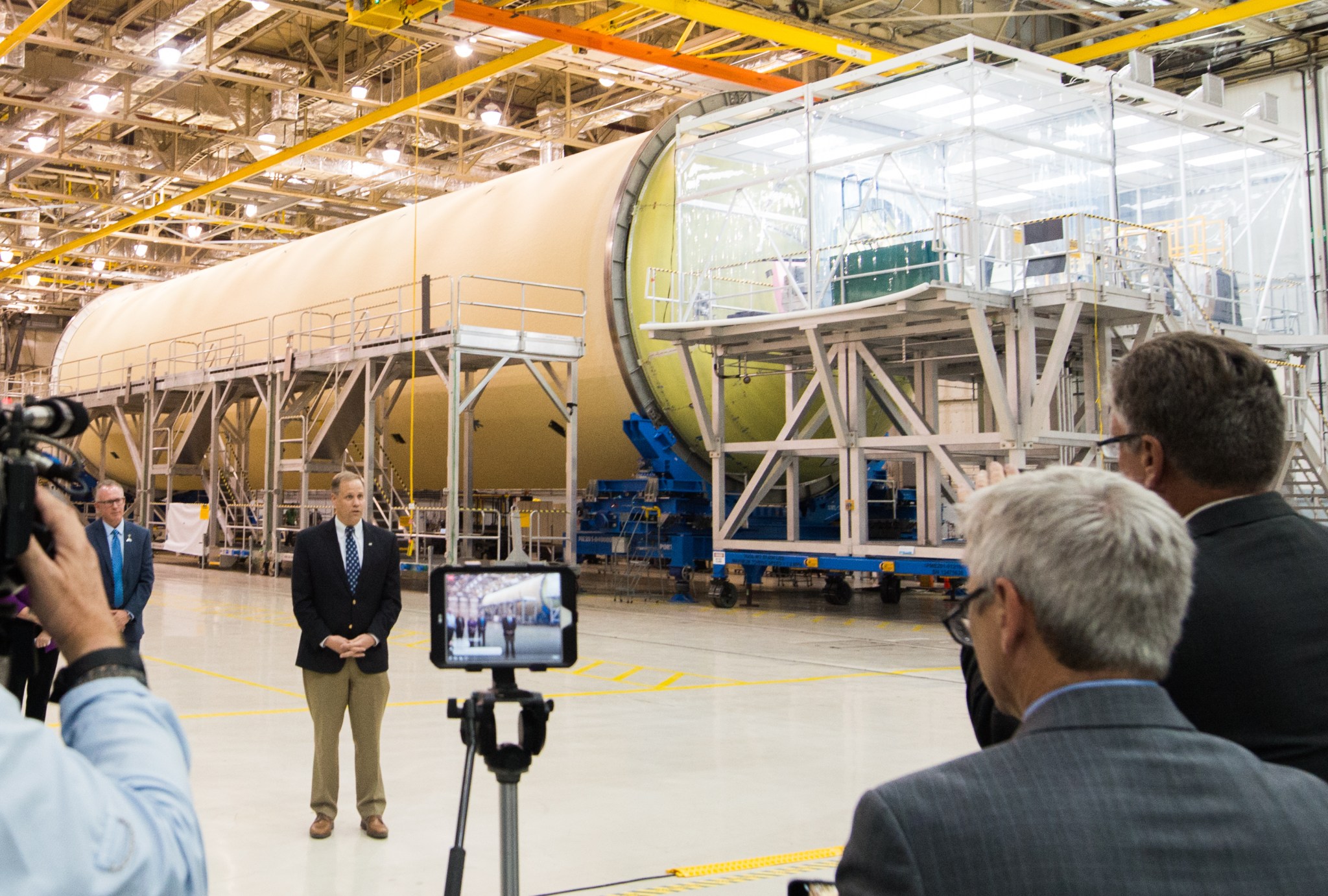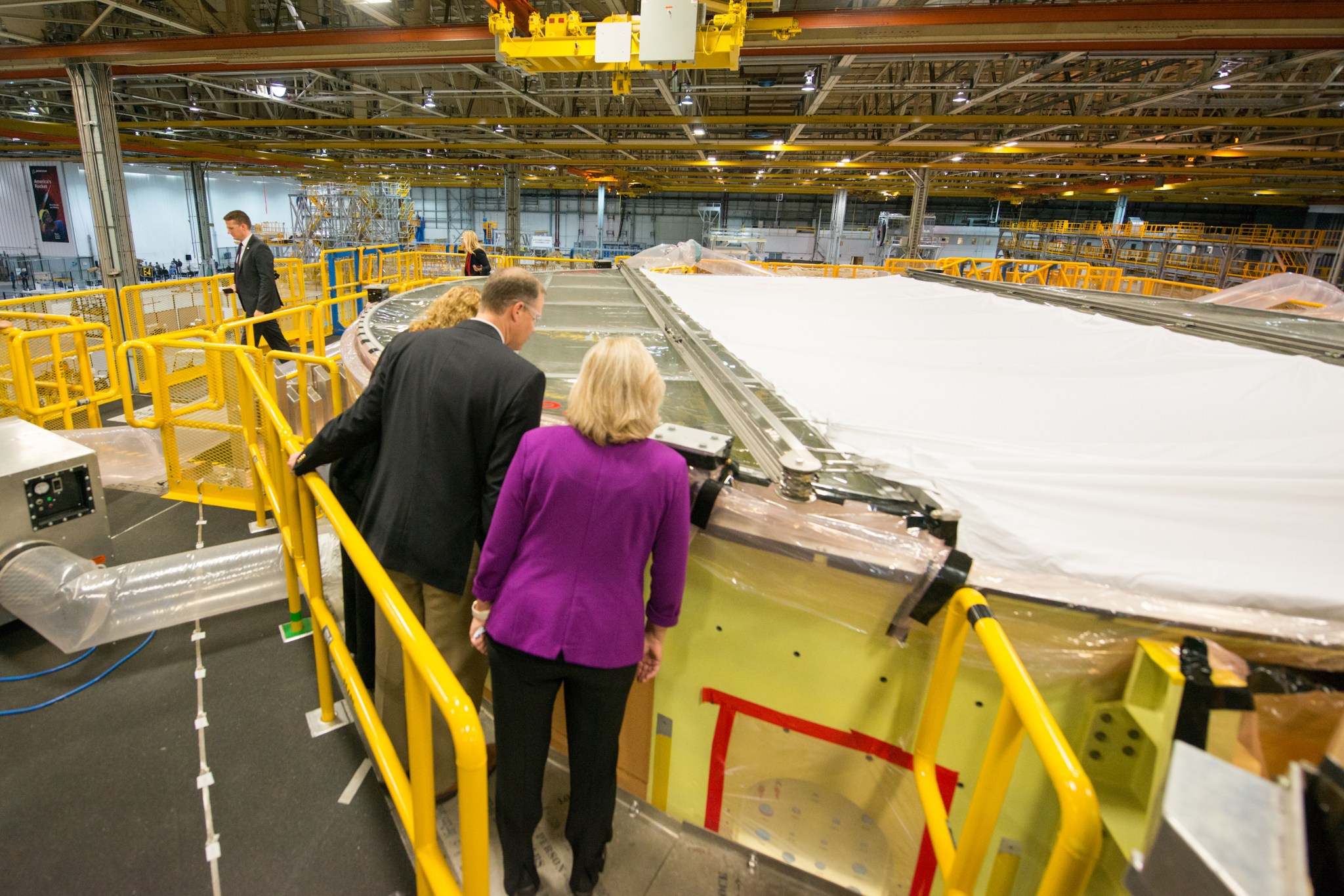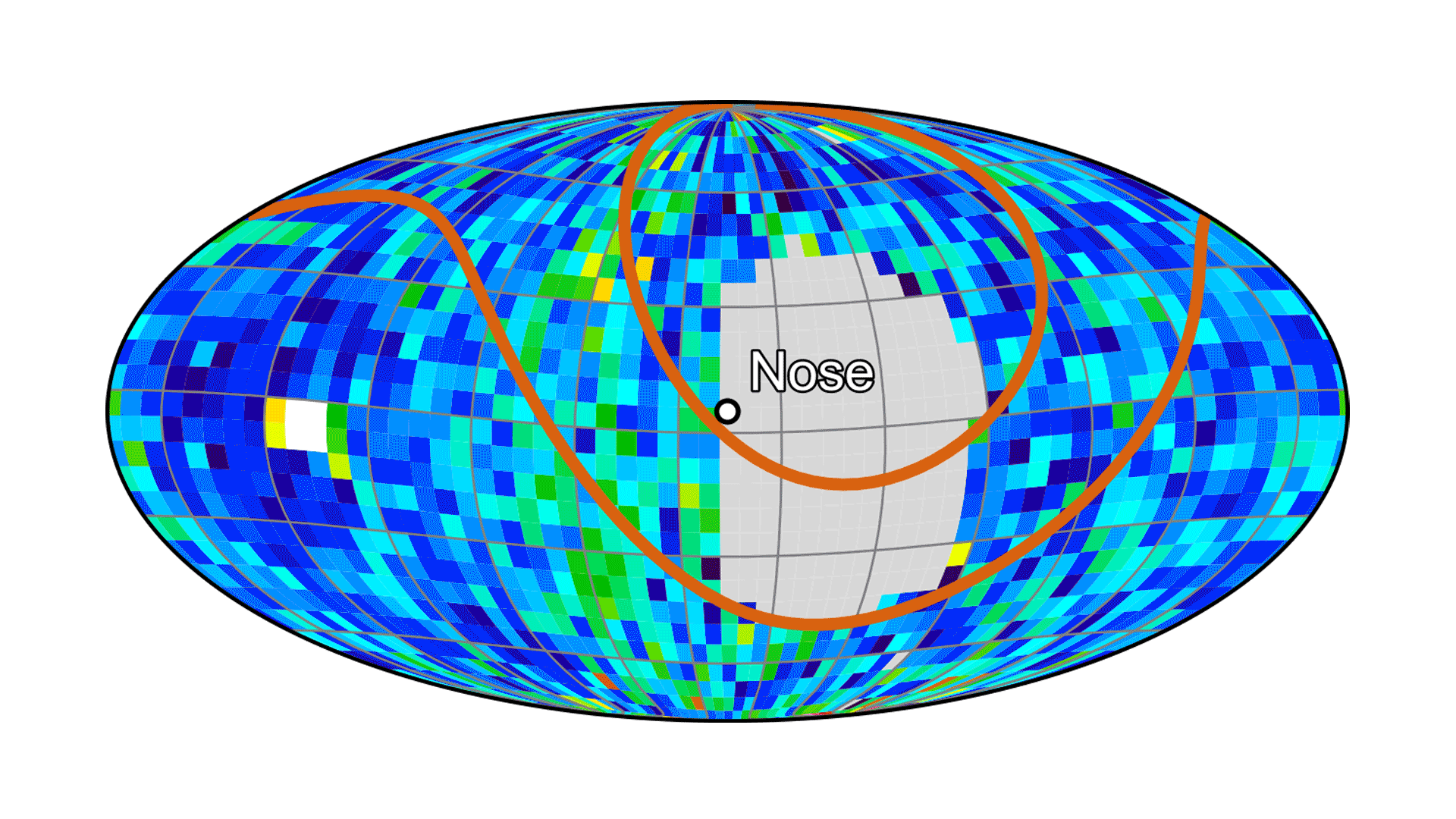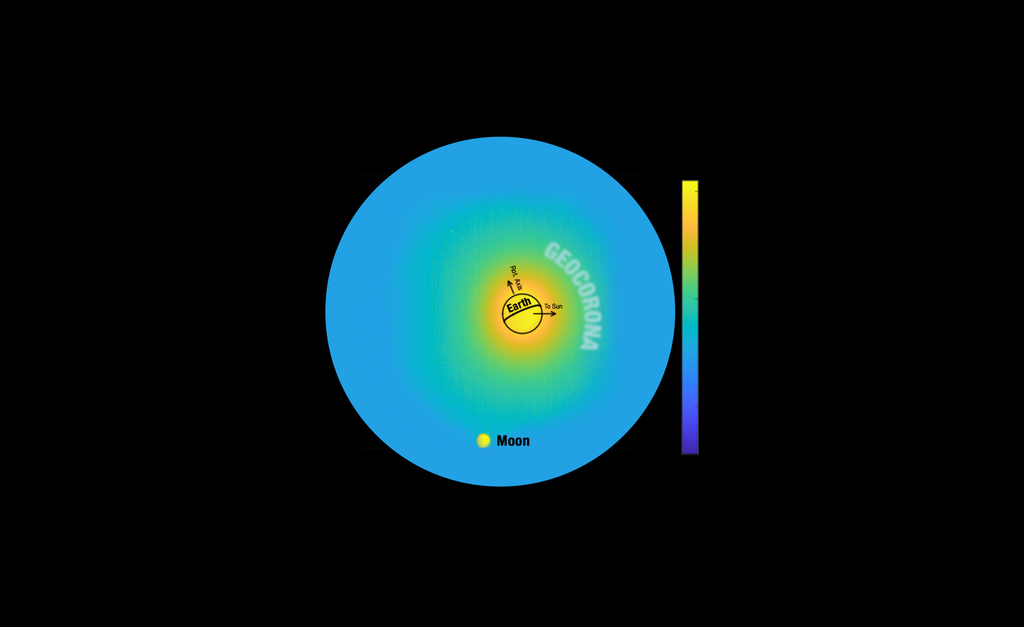NASA Administrator Jim Bridenstine made his first official visit to NASA’s rocket factory, the Michoud Assembly Facility in New Orleans, Louisiana, on Aug. 13, for tours and briefings on progress building the Space Launch System rocket and Orion spacecraft.
“What we’re doing here is something that’s never been done before,” said Bridenstine. “We’re launching the biggest rocket carrying the heaviest payload capacity that’s ever flown. It’s going to send our crew vehicles into deep space to areas we have never flown humans before. It’s a brand new, very large project that is unmatched in the world and will remain unmatched for a very long time.”

Bridenstine, joined by Jody Singer, acting director of NASA’s Marshall Space Flight Center and Keith Hefner, director of Michoud, toured the massive facility where manufacturing and assembly of the largest and most complex parts of SLS and Orion are underway. SLS will send the Orion spacecraft, astronauts and critical hardware on bold exploration missions to the Moon and beyond.

The tour highlighted the SLS core stage which, flanked by two solid rocket boosters, will provide the thrust to propel the vehicle to deep space. The administrator had the opportunity to view SLS hardware just as engineers are putting the finishing touches on the core stage parts by testing avionics, installing special equipment inside the structures and applying thermal protection systems.
Standing beneath the massive liquid hydrogen tank, which comprises almost two-thirds of the core stage and will hold 537,000 gallons of liquid hydrogen cooled to minus 423 degrees Fahrenheit, Bridenstine marveled at the progress building NASA’s new deep space rocket.
Bridenstine also viewed Orion’s latest milestone, the welding completion of the primary structure of the crew module, or pressure vessel, by engineers at Michoud. The pressure vessel is the primary structure that holds the pressurized atmosphere astronauts will breathe to allow them to work in the harsh environment of deep space. This pressure vessel will carry the first astronauts to missions beyond the Moon on Exploration Mission-2.
“This is a critical piece of America’s architecture for our return to the Moon and ultimately, it’s a strategic capability for the United States of America,” said Bridenstine. “I cannot overstate how important this capability is to America and how all of the team members who work here are contributing to a capability where countries around the world are seeking to partner with the United States as we return to the surface of the Moon and into orbit around the Moon.”
























